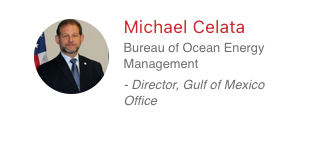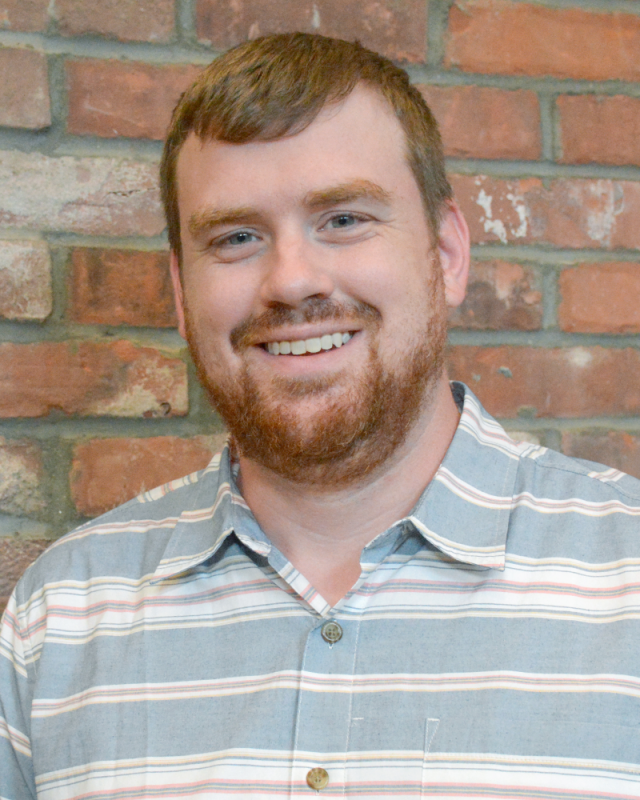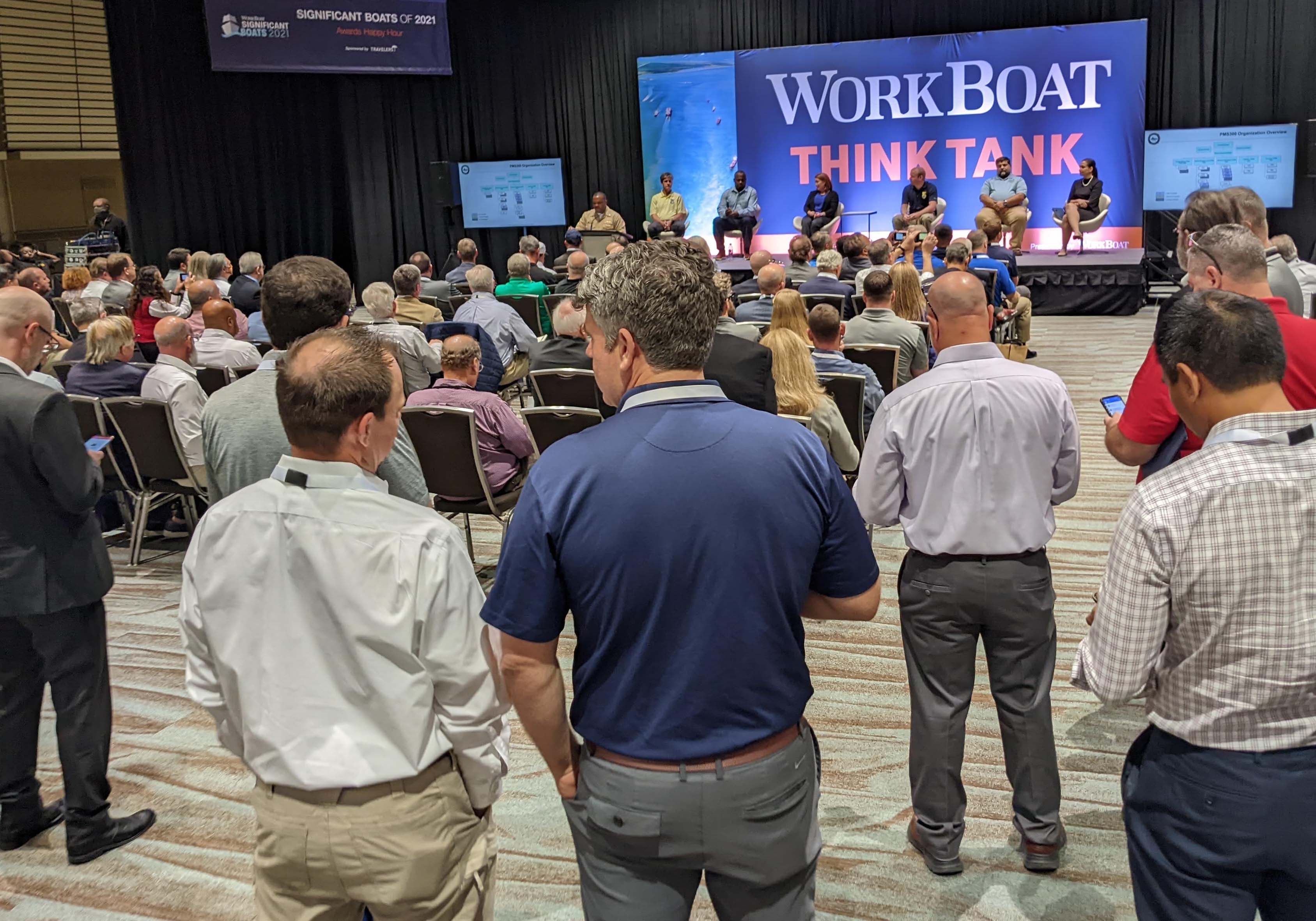In about two months, the International WorkBoat Show, with over 1,000 exhibitors and thousands of industry professionals, will be held in New Orleans. The show will include over 20 conference sessions where attendees can hear experts talking about a range of issues affecting the commercial marine industry.
The Offshore Wind Breakfast, which will take place Thursday morning, Dec. 1, will include a panel discussion where industry experts will discuss the offshore wind transition and what the future holds for this new offshore energy sector.
The annual event is hosted by WorkBoat’s digital publication, WorkBoat + Wind.
 One of the speakers who will participate on the panel is Michael Celata, regional director of the Bureau of Ocean Energy Management's (BOEM) Gulf of Mexico Outer Continental Shelf (OCS) Region. Celata will discuss the developing wind industry in the Gulf of Mexico region.
One of the speakers who will participate on the panel is Michael Celata, regional director of the Bureau of Ocean Energy Management's (BOEM) Gulf of Mexico Outer Continental Shelf (OCS) Region. Celata will discuss the developing wind industry in the Gulf of Mexico region.
Celata, who has been director of the regional office since 2015, shared his thoughts with WorkBoat on offshore wind energy and what to expect during the offshore wind breakfast panel at the show.
Celata said that collaboration between all stakeholders in the region is going to be a key for the wind industry’s growth and establishment in the area, with events like the WorkBoat Show being a prime example of how these cross-industry engagements and collaboration sessions can occur.
“One of BOEM’s major objectives is to work with industry, state governments, and the fishing community to better understand and address their concerns in this matter," Celata said. "The bottom line is that we must be aware that what works in the Gulf may not be practical in the East Coast, and so we must listen to our stakeholders and ocean users. BOEM is committed to incorporating feedback received through our current outreach efforts, a practice that allows us to continually update and improve our engagement practices.”
Celata also discussed the commercial fishing industry. “Fishing is an important industry nationally, and an important cultural facet of coastal communities in the Gulf as well. BOEM is committed to regularly engaging with commercial and recreational fishermen to ensure we fully understand all of their concerns – ecological, cultural, and economic.”
Speaking to the need for conversation with relevant stakeholders, he said, “The bottom line is that we must be aware that what works in the Gulf may not be practical in the East Coast, and so we must listen to our stakeholders and ocean users. BOEM is committed to incorporating feedback received through our current outreach efforts, a practice that allows us to continually update and improve our engagement practices.”
With Hurricane Ian fresh in everyone's minds, Celata will use the breakfast panel to discuss the Gulf region's regular experiences with hurricanes. Those weather events bring “extreme winds and increased wave height,” which is not necessarily an issue in other regions of the U.S.
Celata acknowledged that the global wind industry has experience with rough weather, specifically in the North Sea region. But the Gulf region may have to “create specialized designs that ensure turbines, towers, blades and substructures can withstand the extreme weather events typical of the Gulf.” Despite these unique challenges, Celata is confident in the Gulf region’s ability to become leaders in offshore wind, and points to the expertise of the oil and gas industry in developing infrastructure.
“We are fortunate that industrial and labor resources exist in the Gulf of Mexico that can assist in the development of renewable energy," Celata said. "That's because the federal waters offshore Texas and Louisiana have the highest technical offshore wind capacity for the Gulf states, with a potential of 508 gigawatts. It’s a great opportunity, and the Gulf of Mexico region is well-suited for it.
“The labor force in the Gulf already has the welding, shipbuilding and overall maritime operations expertise gained from the very same oil and gas development that can easily be applied to the development of offshore wind. Industry in the Gulf of Mexico has the potential to adapt and modify ships, repurpose heavy lift vessels for transportation and placement of wind turbines and support structures. Port facilities are generally well equipped but may need modifications to accommodate turbine height clearances. It’s an ideal situation, really.”




